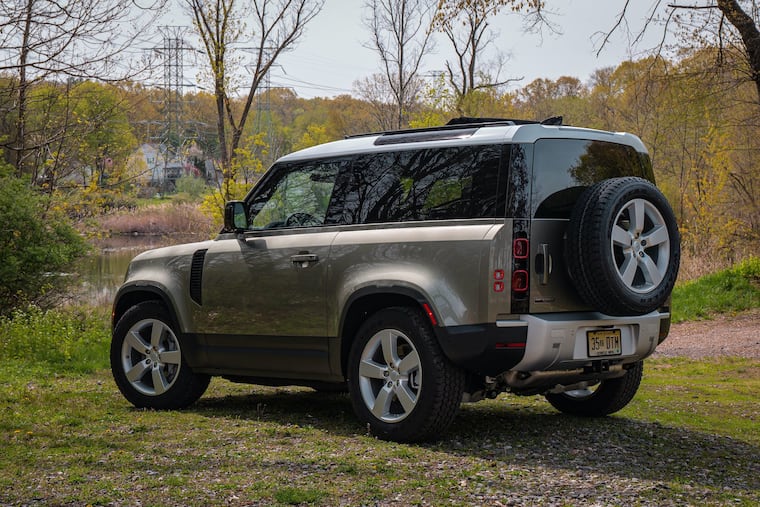2022 Land Rover Defender: Comfort over both rock and road
The Land Rover Defender returns just as another serious off-roader with a storied past is added to the mix: The Ford Bronco. How do the two compare?

The Land Rover Defender returns just as another serious off-roader with a storied past is added to the mix: The Ford Bronco. How do the two compare?
